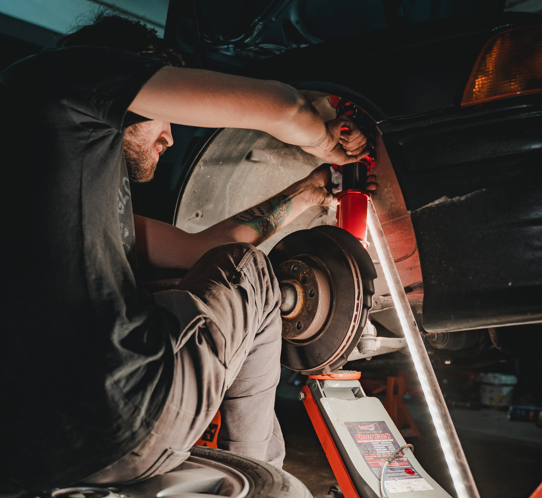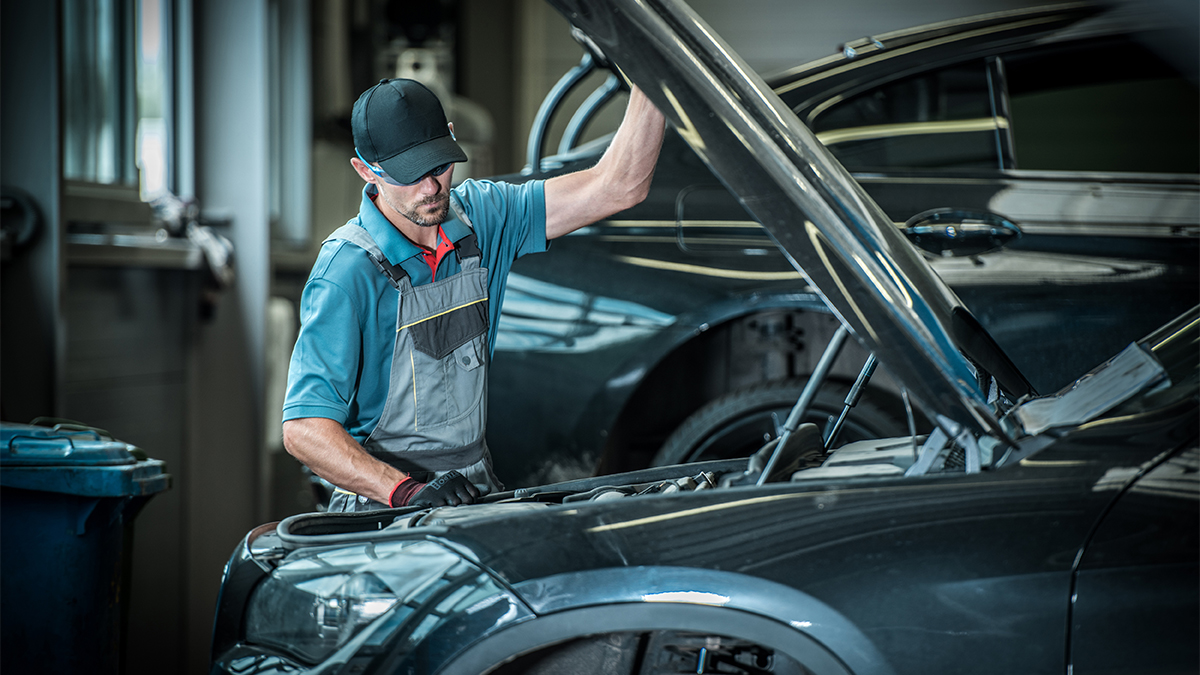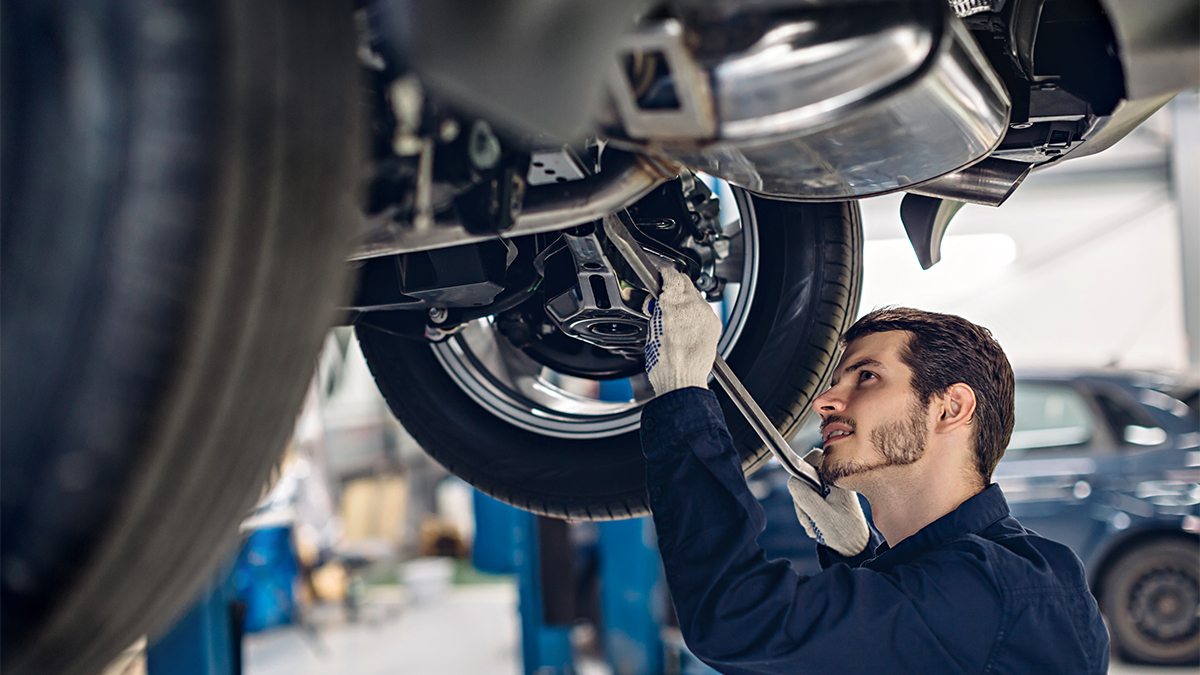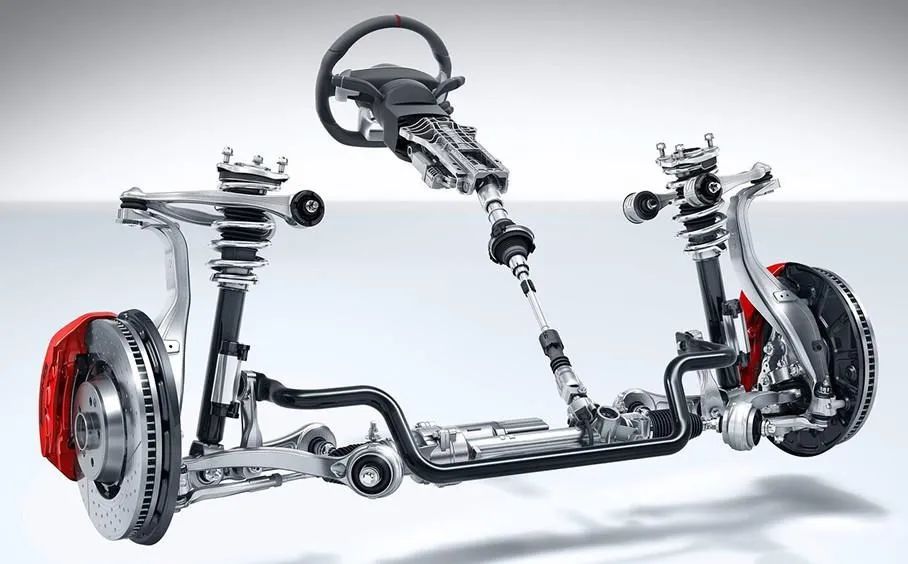Editor note: if you are a car enthusiast, you may have heard the term “preload” and “how to adjust preload” questions before. We’ve also noticed that many customers are unsure what it is, in this article, we will be discussing what “preload” is and how to adjust coilovers preload through a video kindly shared by Moore Projects.
Moore Projects has possibly one of the best videos out on our MaXpeedingRods coilovers. He is using our adjustable coilovers for a 1996 to 2001 Honda CRV. That is not what makes this video great. What makes his video great is that he goes into detail on how to set up your MaXpeedingRods coilovers regardless of what vehicle they are for.
To start he shows the ease of use and functionality of the MaXpeedingRods website. The search bar and vehicle selector make it intuitive for anyone to find the parts they need. From there he talks about the basic design of the coilovers.
The exact look will differ slightly depending on the vehicle but the function will be the same regardless of the vehicle. The entire body of the shock is threaded. This allows the user to independently set the preload and ride height of the coilover.
How to set preload on coilovers?
Towards the top of the coilover the user will see two threaded rings that butt up against the shock. These are the main base ring/spring perch and locking ring to set the preload of the spring. Preload will affect the travel and stiffness of the spring so by adding more preload one will effectively stiffen the suspension.
At the bottom of the coilover, the user will see a threaded barrel that will most likely attach to the control arm or knuckle. This threaded barrel is what will be used to set the ride height of the vehicle.
Preload should be set to 7-10mm in order to target the advertised spring rate of the coilovers. Skip to the 7-minute mark in the Moore Projects videos to watch a great explanation on how to set preload. Basically, move the preload base ring/spring perch up the coilover until the spring is touching both the base ring/spring perch and top hat of the coilover.
From there, use the included wrench to compress the spring another 7-10mm. The user can use the locking ring to establish a reference for where the spring started. Once this is done, preload has been set.

What we should do before adjust the coilovers preload?
Ride height is adjusted using the bottom threaded barrel of the coilover. These coilovers allow for one to four inches of adjustment which is more than enough for most users of our products. We recommend that the user do all ride height adjustments using the threaded barrel at the bottom of the coilover before adjusting the preload as the adjustments to the preload can result in less than satisfactory suspension performance if the user does not set it appropriately.
With this in mind, at the very top of the coilover there is still the adjustment screw to allow changes to shock dampening, rebound, and stiffness. This lets the user have ultimate control over the ride quality and performance of the coilover. By loosening up the adjustment, the user will create a less stiff ride and allow for better weight transfer.
This will net better ride quality and weight transfer for those looking to maximize straight-line performance or ride comfort. By increasing the adjustment screw, the user will increase the stiffness and damping, allowing for less body roll giving the car better cornering capabilities. The user can set each corner independently for the greatest control regardless of their use.









Bonjour monsieur
Acheter un kit coilover pour Audi a4 tdi 1,9 130ch quattro dont 1 amortisseur était défectueux la référence du premier était référencé GG201000939 et celui qui le remplace est GG210400186 elles sont différente ?
parce que le remplaçant est beaucoup plus souple que l ‘ancien ?
This guide contradicts what I learned in the High Performance Academy Motorsport Wheel Alignment course, which focuses on setting up bump and rebound travel to achieve the desired ride height.
Altering the ride height at the lower mount might compromise suspension performance or pose potential safety hazards.